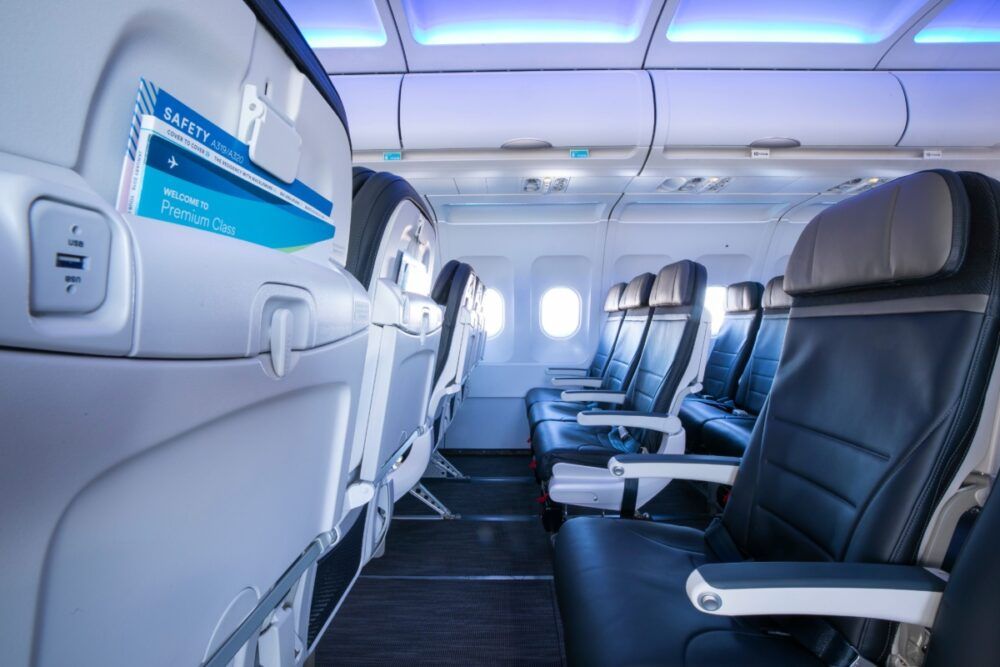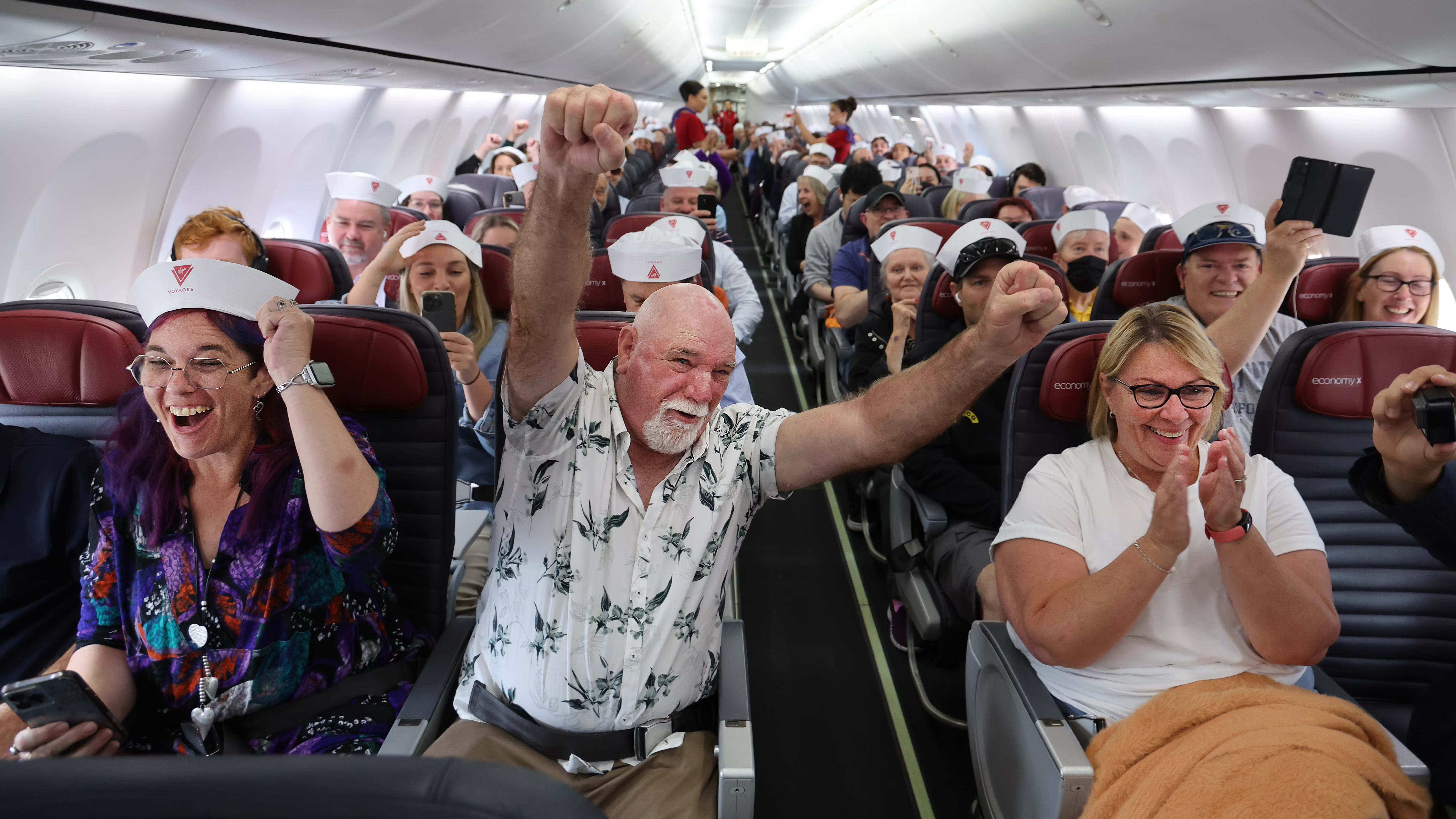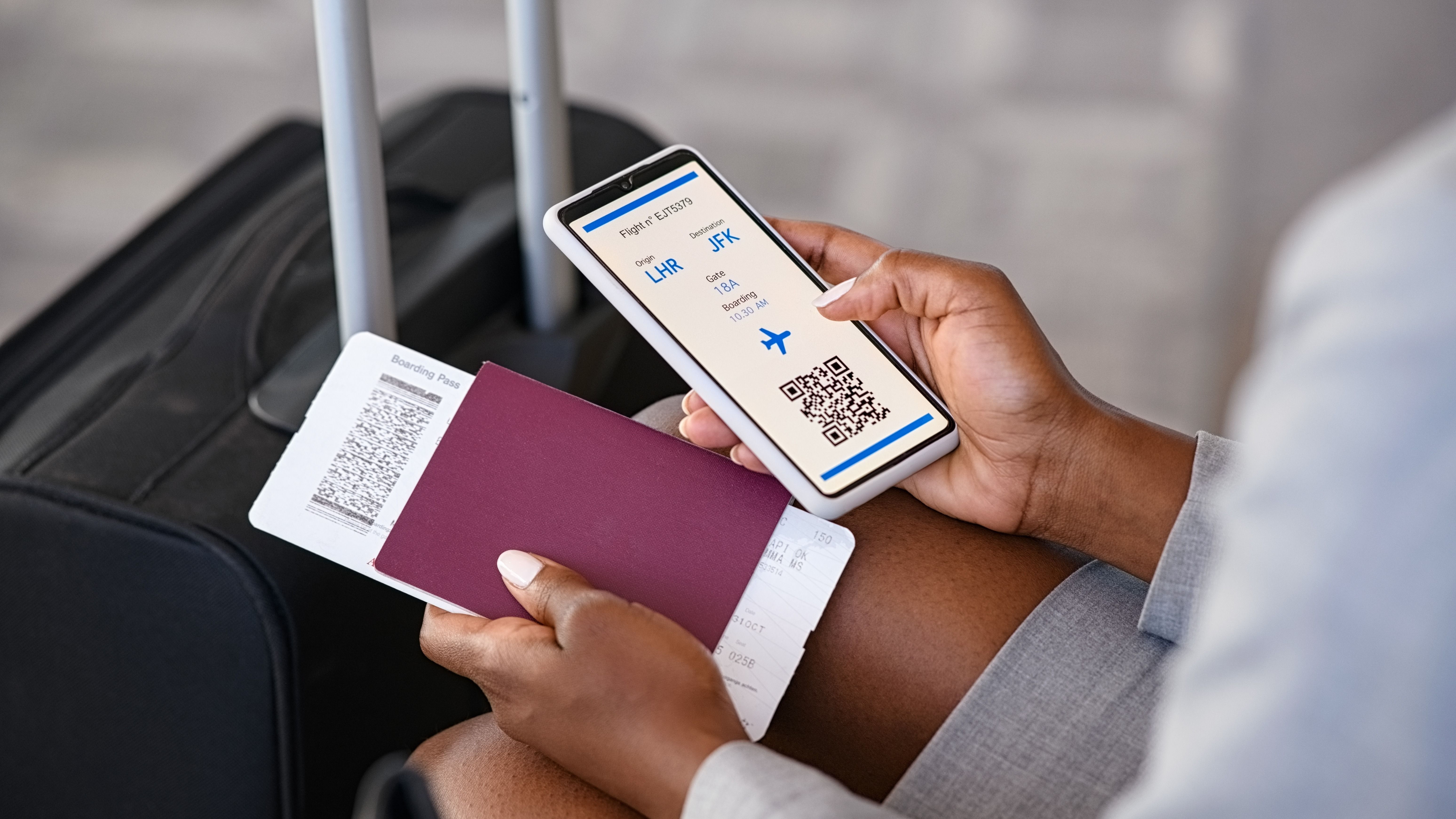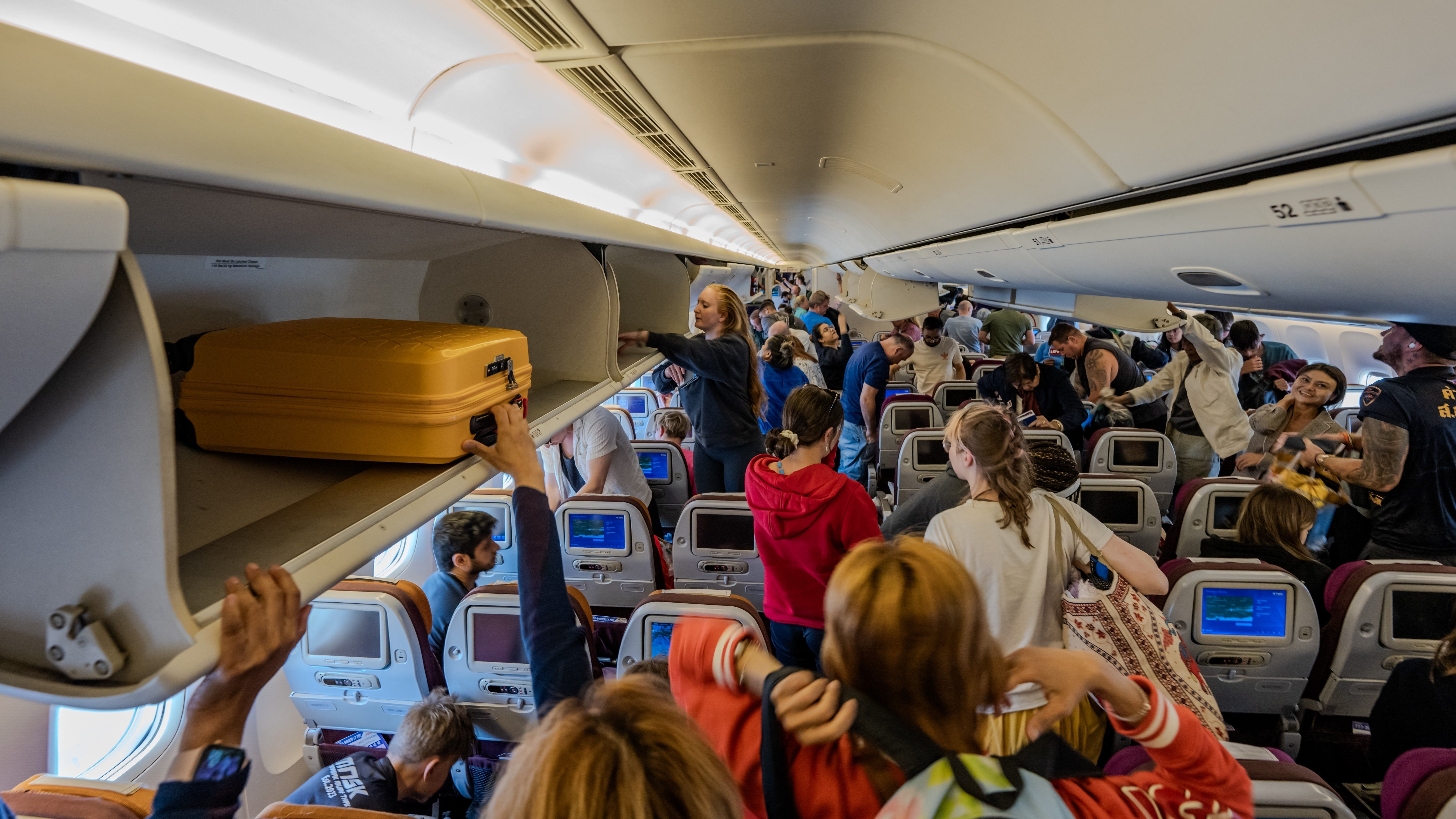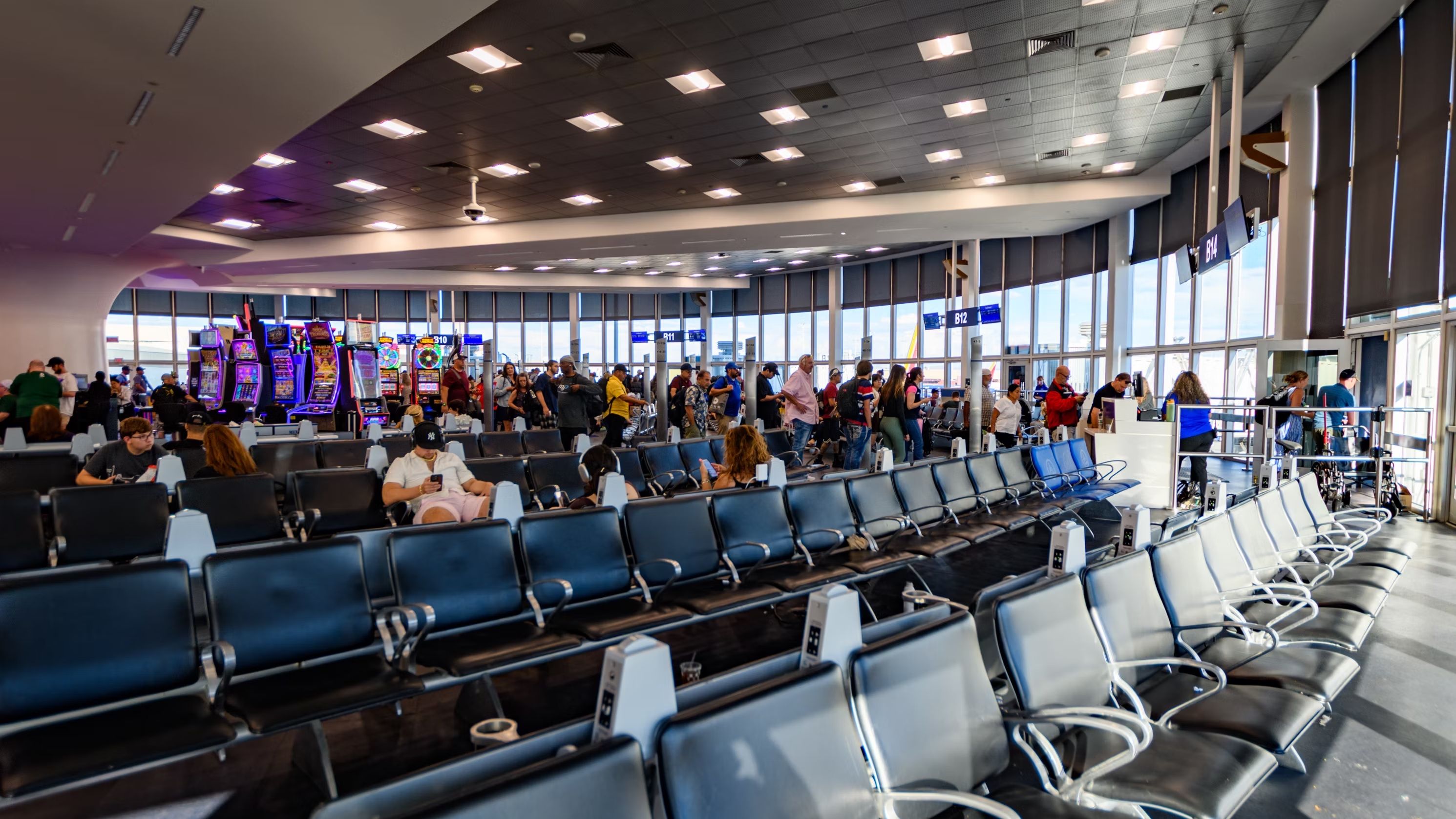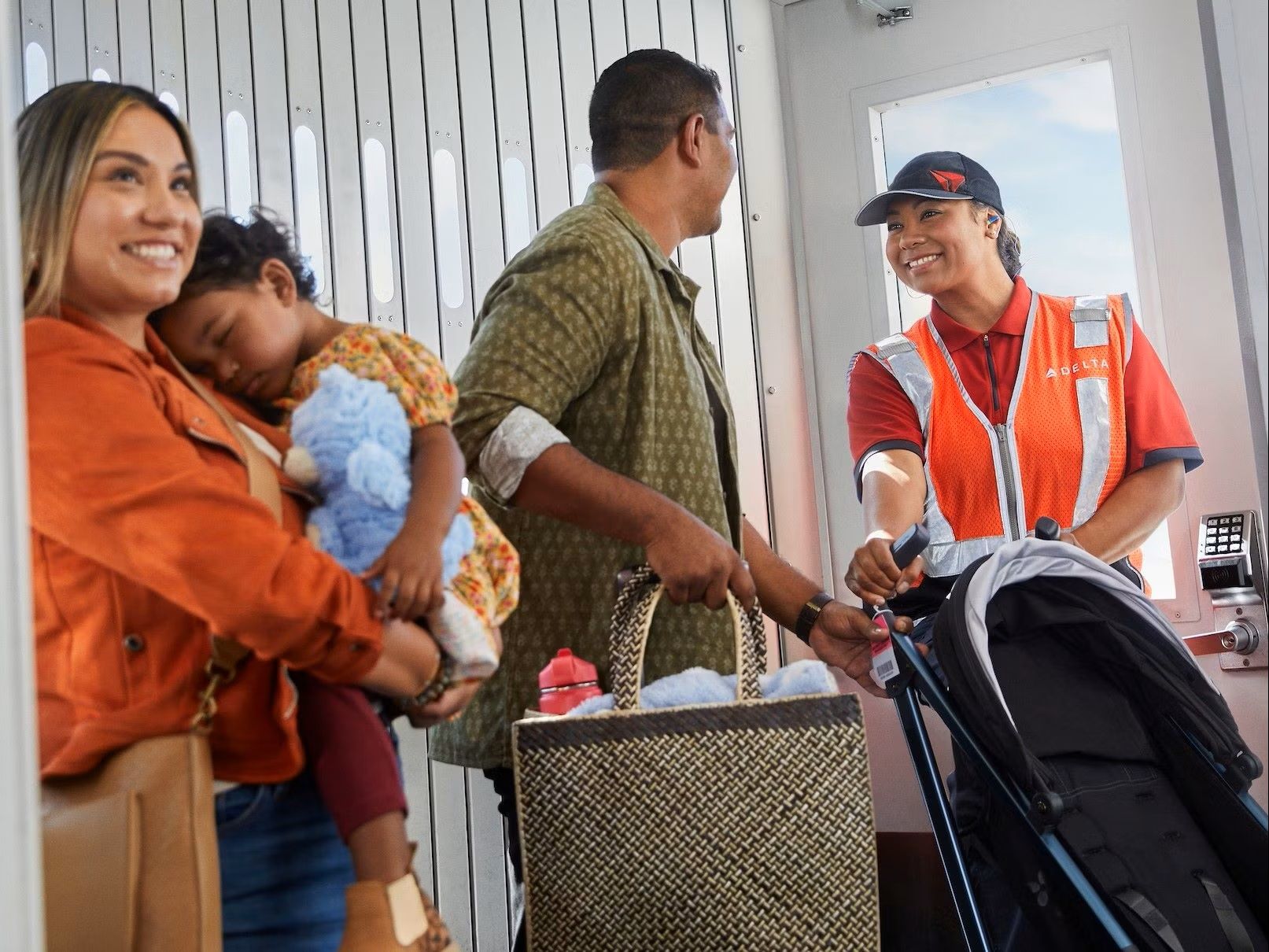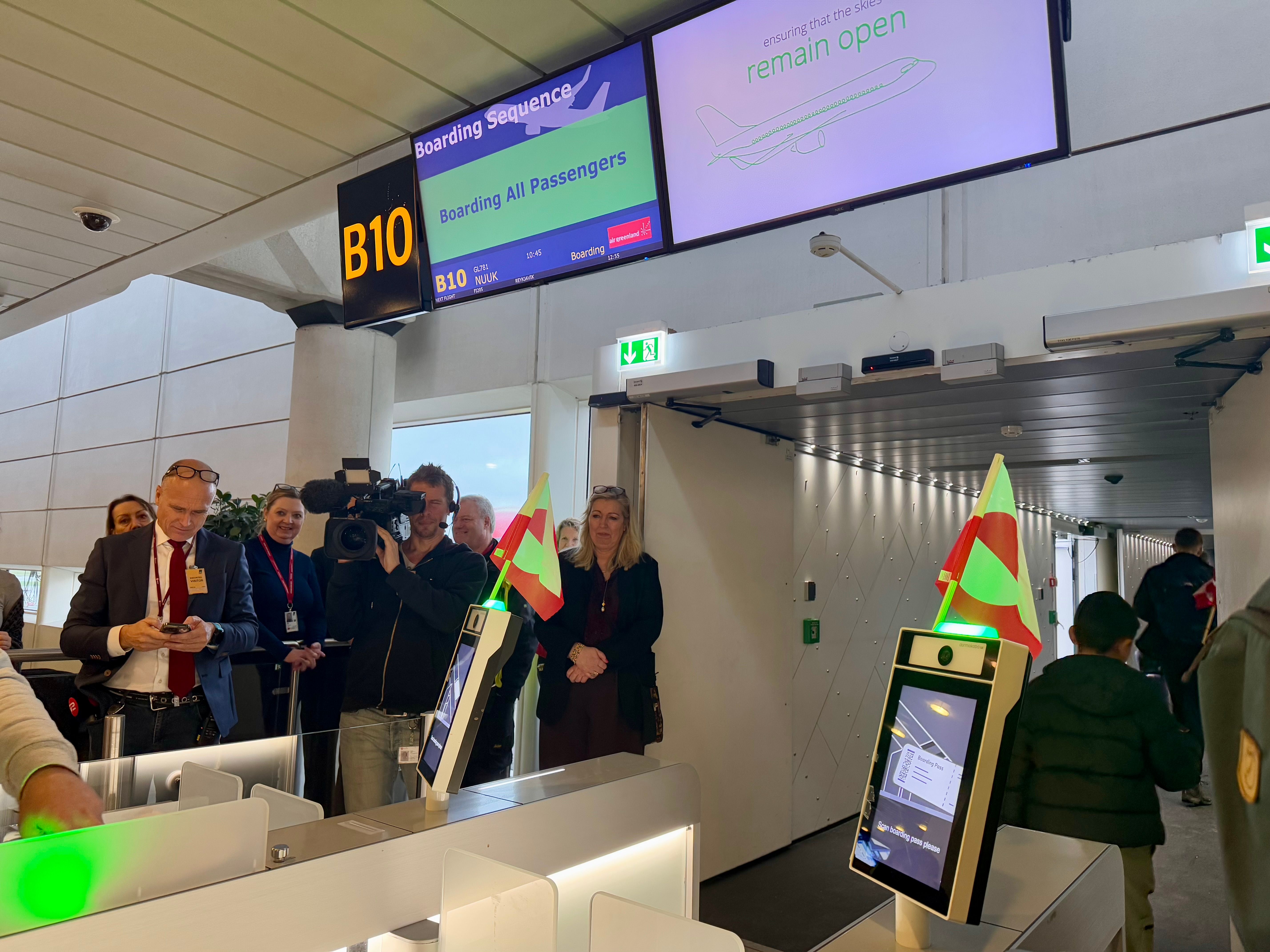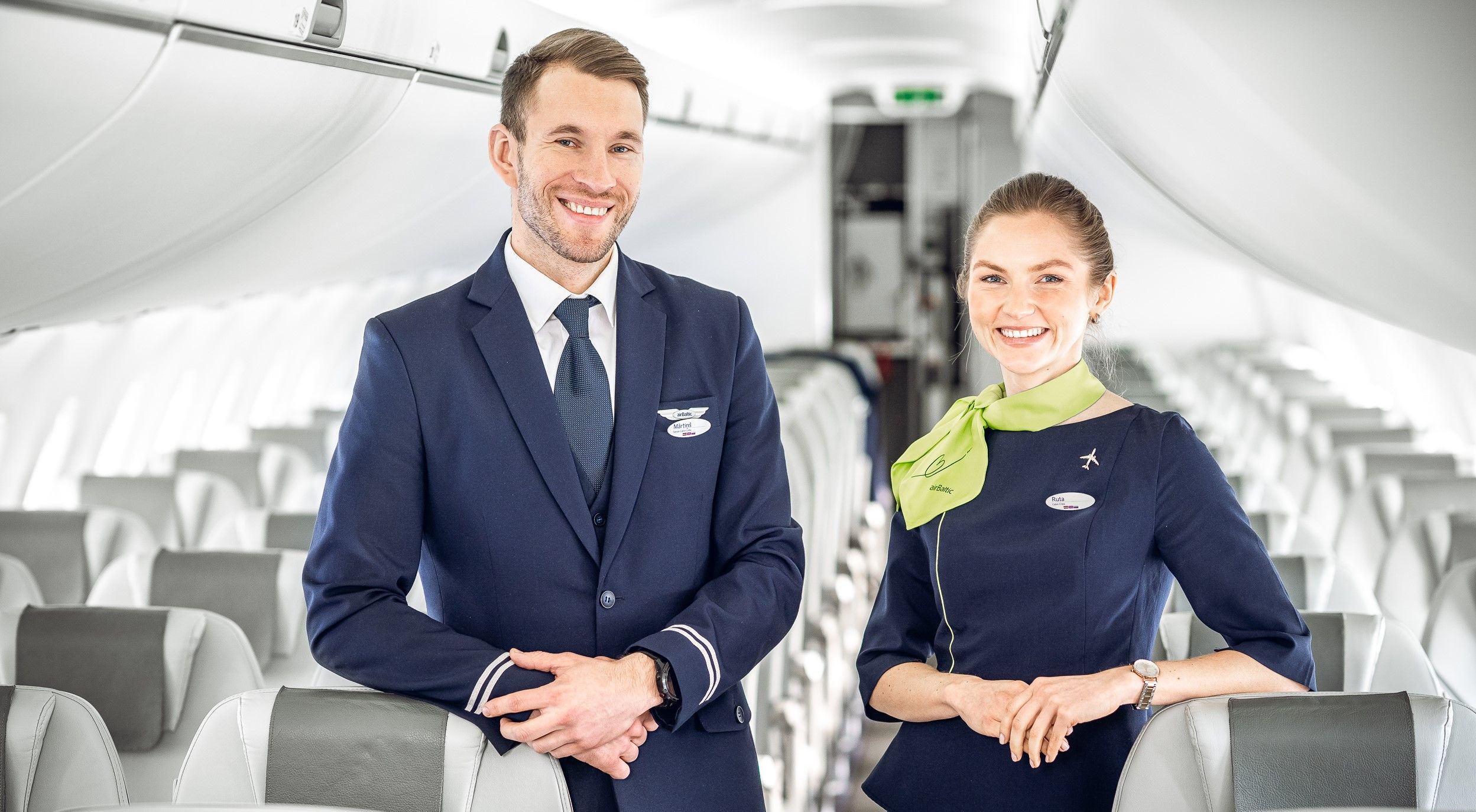
5 Ways Airlines Could Speed Up Their Boarding Processes
Commercial air travel has made enormous advances throughout recent years with the introduction of larger aircraft and the ability to carry more passengers. Airlines have already digitalized many procedures to accommodate the rapid influx of air travel and speed up processes. However, one area still seems to require improvement, causing rising frustration among frequent travelers and crew alike: boarding.
We have all witnessed the long queues at boarding gates and experienced extensive waiting times on the aircraft or, even worse, stuck inside the jet bridge or on the staircase for a remote stand. With boarding being considered one of the most stressful parts of air travel, airlines face rising pressure to implement more efficient techniques to improve their processes.
Photo: ShutterStockStudios | Shutterstock
Although there have been several studies and successful solutions to this topic, there really is no one-size-fits-all strategy, as airlines and customer profiles can be highly different from each other. Nevertheless, there are some common overall goals, with the most important ones being minimizing turn-around timings and customer contact while increasing on-time performance and customer satisfaction. After all, boarding really is the first impression and sets the tone for the rest of the trip.
Here are some of the top strategies airlines can use to speed up the boarding process:
1
Back to front boarding
The conventional method
This is probably the most common and pretty self-explanatory method airlines use for boarding passengers. After First and Business Class customers are boarded, the Economy cabin is usually separated into groups or zones, which will be boarded starting from the rear of the aircraft. Since the boarding doors are usually to be found in the front of the aircraft, passengers will most likely have to pass through premium cabins and empty seats first. It should also be noted that the amount of cabin luggage plays a vital role in this scenario, as most likely there will be less space available for passengers boarding towards the end. This may result in delays due to offloading of luggage and contribute to customer dissatisfaction.
Photo: Delta Air Lines

Related
American Airlines Adds Boarding Technology At 100+ US Airports
American Airlines is rolling out its new boarding technology after successful trials at three US airports.
2
WILMA aka outside-in
Window, middle, aisle boarding
This boarding method allows passengers sitting on the outside of the aircraft, aka the window seats, to board the aircraft first, followed by the middle and then joined by aisle seat passengers. Customers in premium cabins are usually boarded beforehand. This strategy has proven to be slightly faster than the back-to-front strategy. However, it also leads to families being separated during the process. An alternative option combining WILMA with the back-to-front method offers a solution by adding zones. Although this method allows groups to stick together, it can also complicate the process without actually having a huge impact on overall time.
Photo: Alaska Airlines
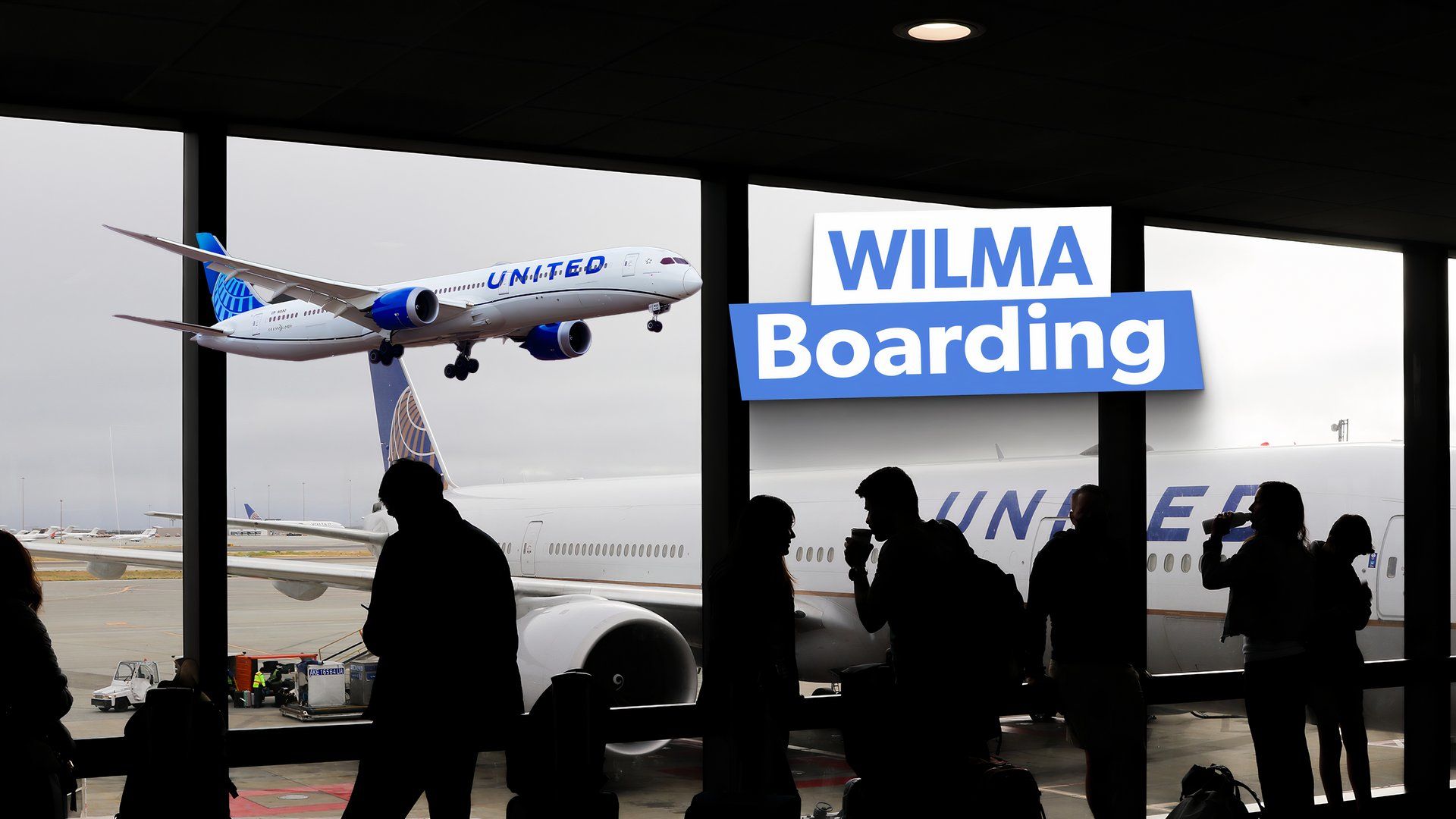
Related
United Airlines’ System Of Choice: What Is The ‘WILMA’ Boarding Method?
One or two minutes shaved off of the boarding process and multiplied over multiple flights can result in significant cost savings at United Airlines.
3
Reverse pyramid
WILMA by cabin reversed
The reverse pyramid approach was introduced after analyzing passenger behaviors during boarding with the goal of minimizing interferences, e.g. blocked cabin isles, which frequently delay the process.
Once again, this strategy is a combination of the conventional back-to-front with the WILMA method. However, instead of dividing the cabin into zones, passengers are now boarded from the outer rear side of the aircraft all the way to the front inside. This method seems to result in the least amount of passenger contact during boarding, which is generally the most favorable and also results in a higher satisfaction rate among customers.
Photo: Virgin Australia

Related
What Is The Fastest Way To Get Everyone Onboard An Aircraft?
There are much faster boarding methods than current procedures.
4
Random with seat assignment
First, Business, Economy
This method allows premium cabin customers to board the aircraft first, followed by economy class passengers with assigned seats. Instead of categorizing or organizing everyone into groups, it allows everyone onboard at the same time, creating a sense of urgency but also resulting in more chaos. Interestingly, this method has proven to be faster and more efficient than the back-to-front method. Despite the fact that this method may be unfamiliar or even confusing to most travelers, with this method, everyone has an equal chance of boarding the aircraft first.
Photo: Rido | Shutterstock
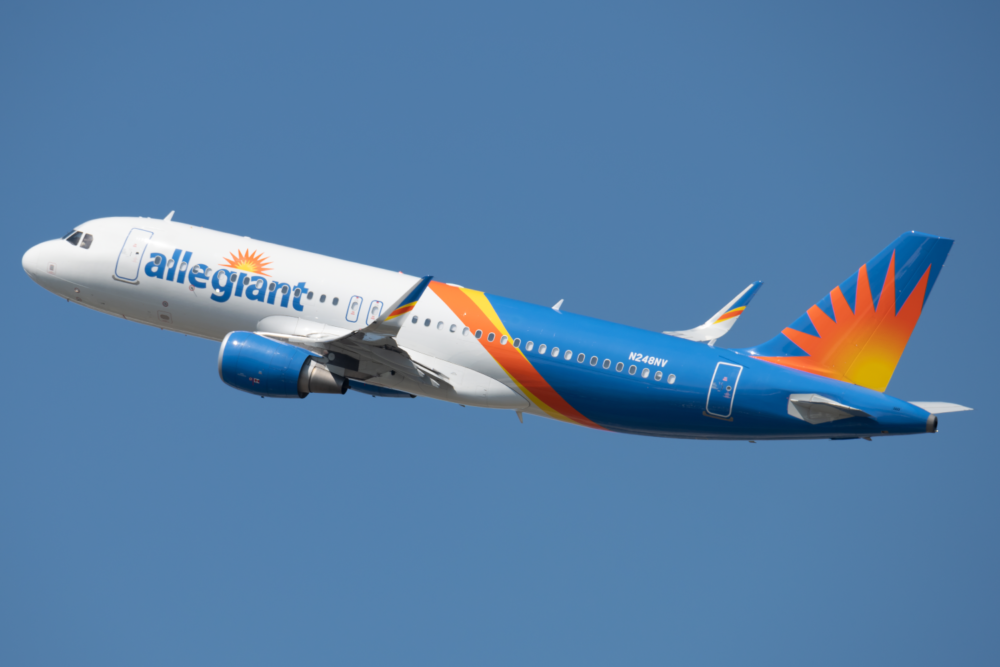
Related
US Airlines Raking In Billions From Seat Assignment Fees
Selling preferred seats is a big revenue earner but needs to be improved if airlines are to maximize its potential.
5
Random without seat assignment
Welcome to the jungle
Probably the most chaotic and least favorite of all is the random without seat assignment boarding method. Southwest is currently one of the only airlines boarding passengers without seat assignments. The airline does, however, split passengers into sections, allowing for a more organized boarding process. Their unique method may sound chaotic at first, but it has proven to be effective. Despite its success, Southwest Airlines recently announced it will be moving away from its current open seat assignment model in the near future.
Photo: Surachet Jo | Shutterstock
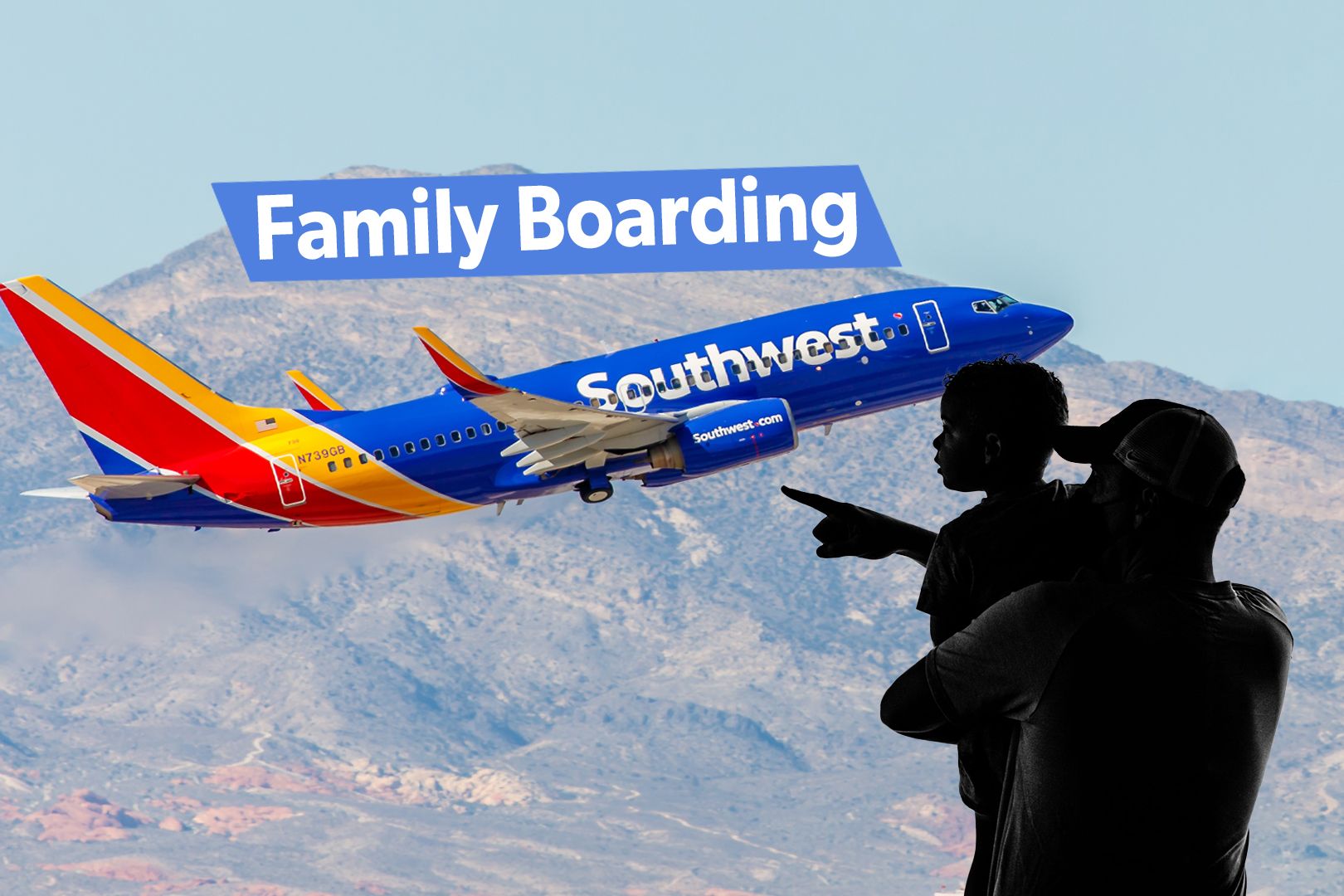
Related
Here’s How Family Boarding & Seating Works At Southwest Airlines
The airline is soon changing its policy.
It is important to note that most of these boarding methods apply to single-aisle aircraft only, with success rates highly depending on passenger compliance and preparedness. There are several other factors to take into consideration, such as the location of the boarding gate and proximity to lounges and other amenities, cabin size, digital vs. paper boarding passes, priority boarding, the general amount of carry-on luggage, large families and groups traveling together, staff traveling on standby, etc. While most premium and frequent travelers prefer to wait until the last minute to board the aircraft to get the most out of their lounge experience and reduce their time onboard, this may also hold up the boarding process.
Photo: Joe Kunzler | Simple Flying
While quick and smooth boarding may be in everyone’s best interest, airlines highly profit from priority boarding, seat assignments, extra baggage fees, as well as minimizing overhead bins and economy seats in order to accommodate more passengers. Tight spaces in the economy cabins make it challenging to pass each other in the aisles and limited space in the overhead compartments and foot areas does not allow for enough storage for bags. Another issue can be caused by the crew having to rearrange seat assignments onboard to accommodate families traveling together.
Photo: Delta Air Lines
Passengers, on the other hand, are trying to minimize charges and benefit from special luggage policies by taking extra bags and bulky items such as strollers, car seats, sports equipment and other gear onboard instead of checking them in. This can heavily impact the overall boarding process and crowd cabin aisles due to the extra time it takes for stowing bags and arranging luggage. Perhaps cutting down allowances for carry-on items and reducing boarding times would assist in speeding up the overall process.
Photo: Jonathan E. Hendry | Simple Flying
So what can passengers do to speed up boarding?
- Travel lightly and pack efficiently to avoid blocking the aisles
- Have your boarding pass ready and know your seat and/or zone
- Arrive at the gate well in time for boarding and pay attention to announcements
- Select a lounge nearest to your gate or leave with enough time for boarding
- Use priority boarding, digital check-in and mobile passes whenever available
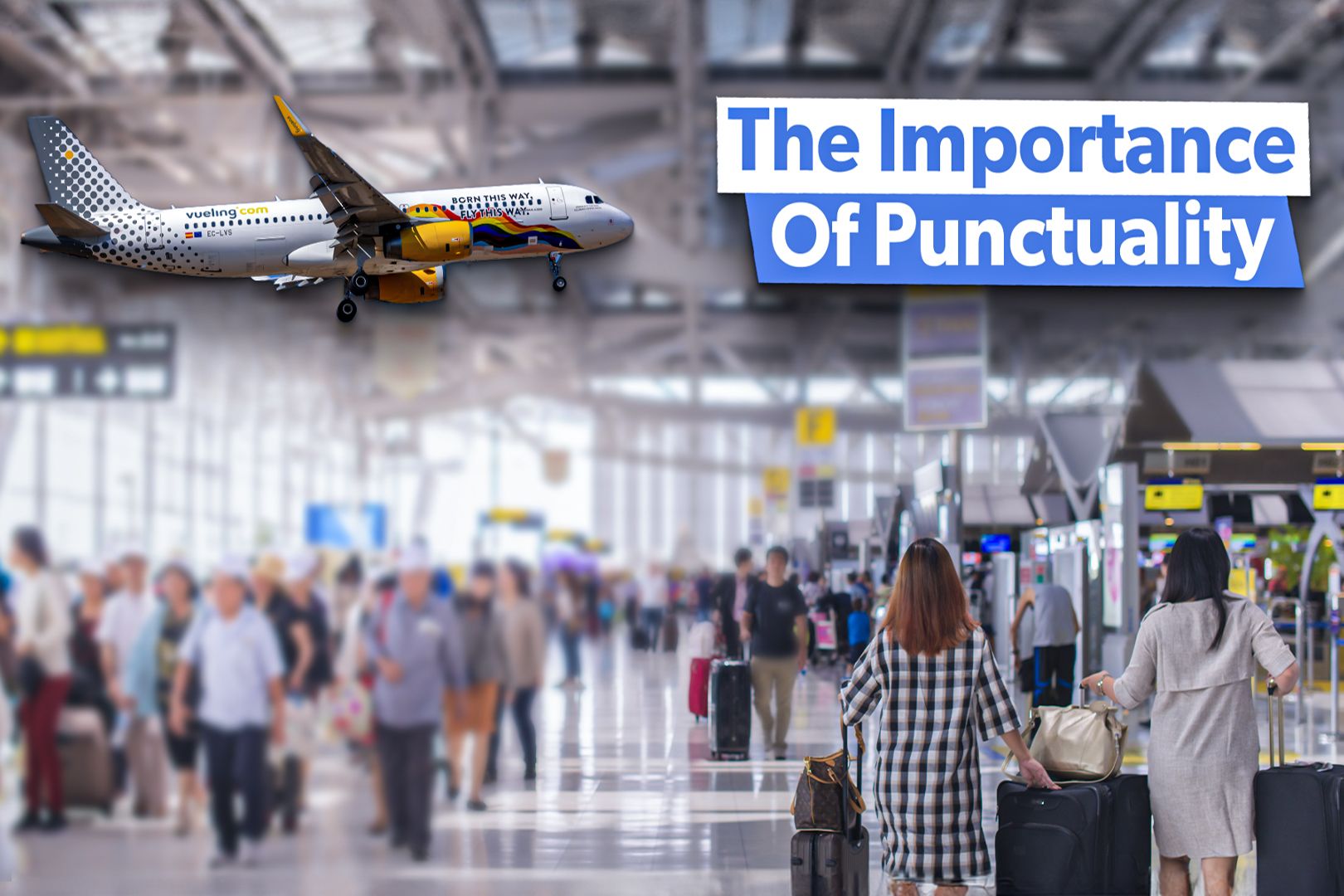
Related
Why Do Passengers Need To Get To The Airport Early & Observe Boarding Times Even When Flights Are Late?
Well, some delays can be un-delayed
How can airlines improve their boarding procedures?
- Make clear boarding announcements
- Set cut off times to create a sense of urgency
- Communicate delays and other updates in a timely and comprehensive manner
- Train ground staff and gate agents to avoid onboard issues regarding luggage or seating
- Implement flexible boarding methods that fit specific customer and airport profiles
- Use all available doors for boarding instead of limiting access only via dedicated jet bridges for specific cabins.
- Limit carry on allowance and reward light travelers
- Offer assistance to passengers with special needs and families
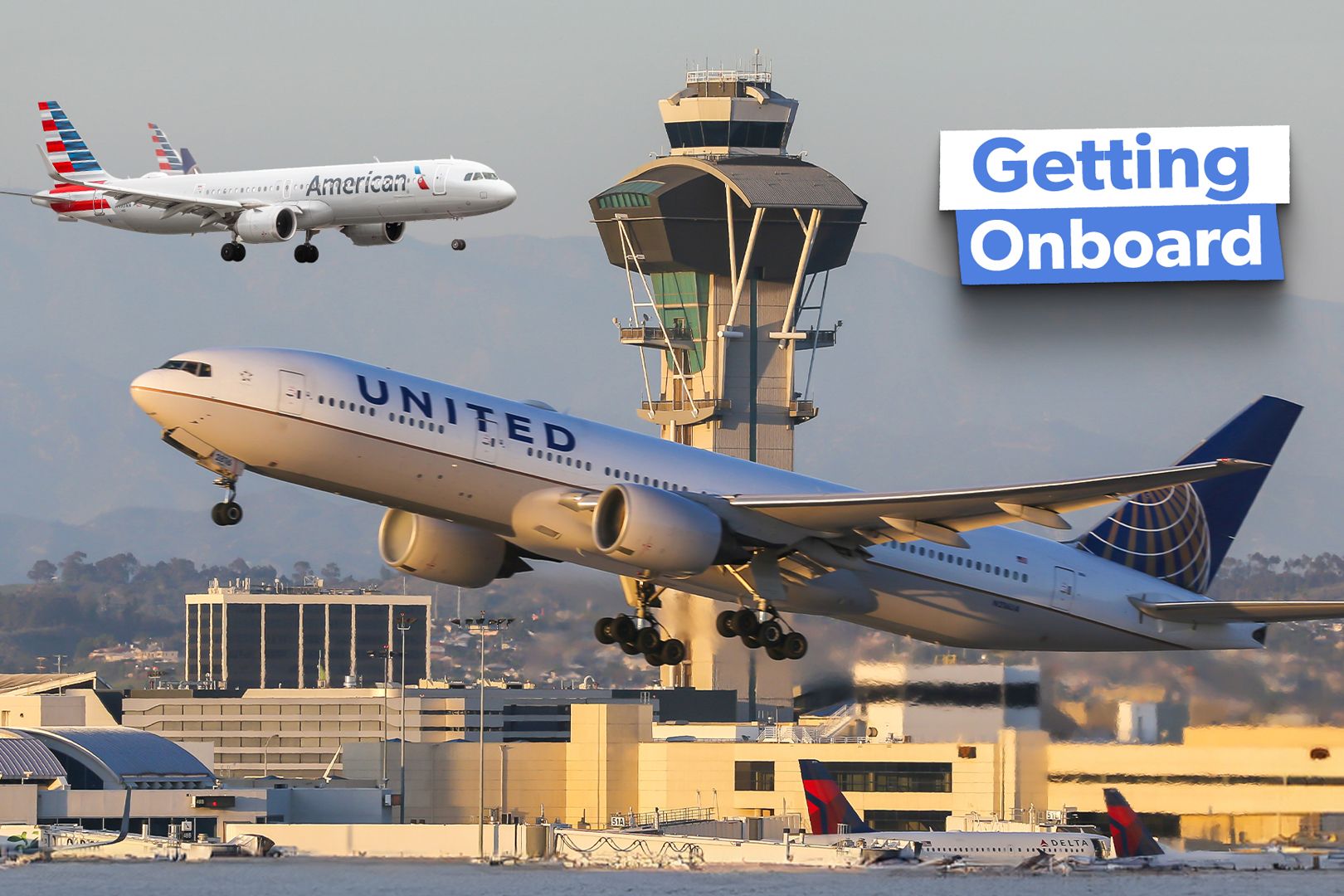
Related
American, Delta & United: How Do Boarding Groups Compare At The ‘Big Three’ US Airlines?
Everything from preboarding, to priority boarding and all the boarding groups and zones.
From a crew member’s perspective, boarding can be seen as one of the most essential parts, as it sets the tone for the rest of the flight. Flight attendants’ duties during boarding do not solely rely on checking boarding passes, guiding passengers to their respective seating areas, and assisting with carry-on bags.
Photo: airBaltic
Flight Attendants are also trained to check for various other things, such as any suspicious behavior, customers with medical issues, or any intoxicated passengers that could potentially cause an issue later during the flight. While premium cabins usually also offer drink services during boarding, many other time-consuming tasks need to be completed in the galley before taking off.
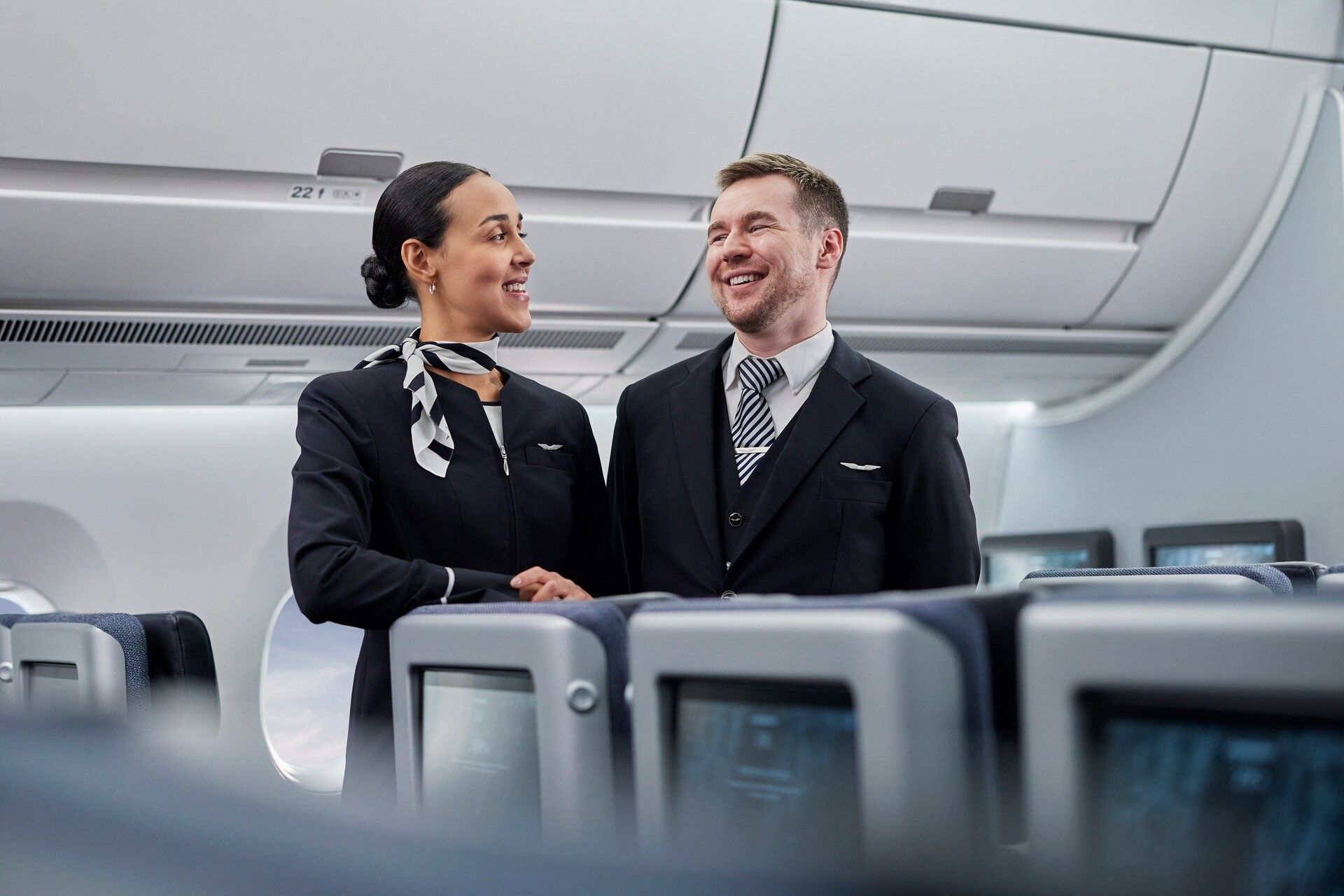
Related
Things Cabin Crew Look For During Boarding
There’s much more than welcoming passengers.
Ultimately, there really is no easy solution to efficient boarding, as it heavily depends on multiple factors including aircraft size, crew, airport infrastructure, and passengers. Flight loads and airport facilities also vary, making it necessary to implement different approaches based on individual requirements.
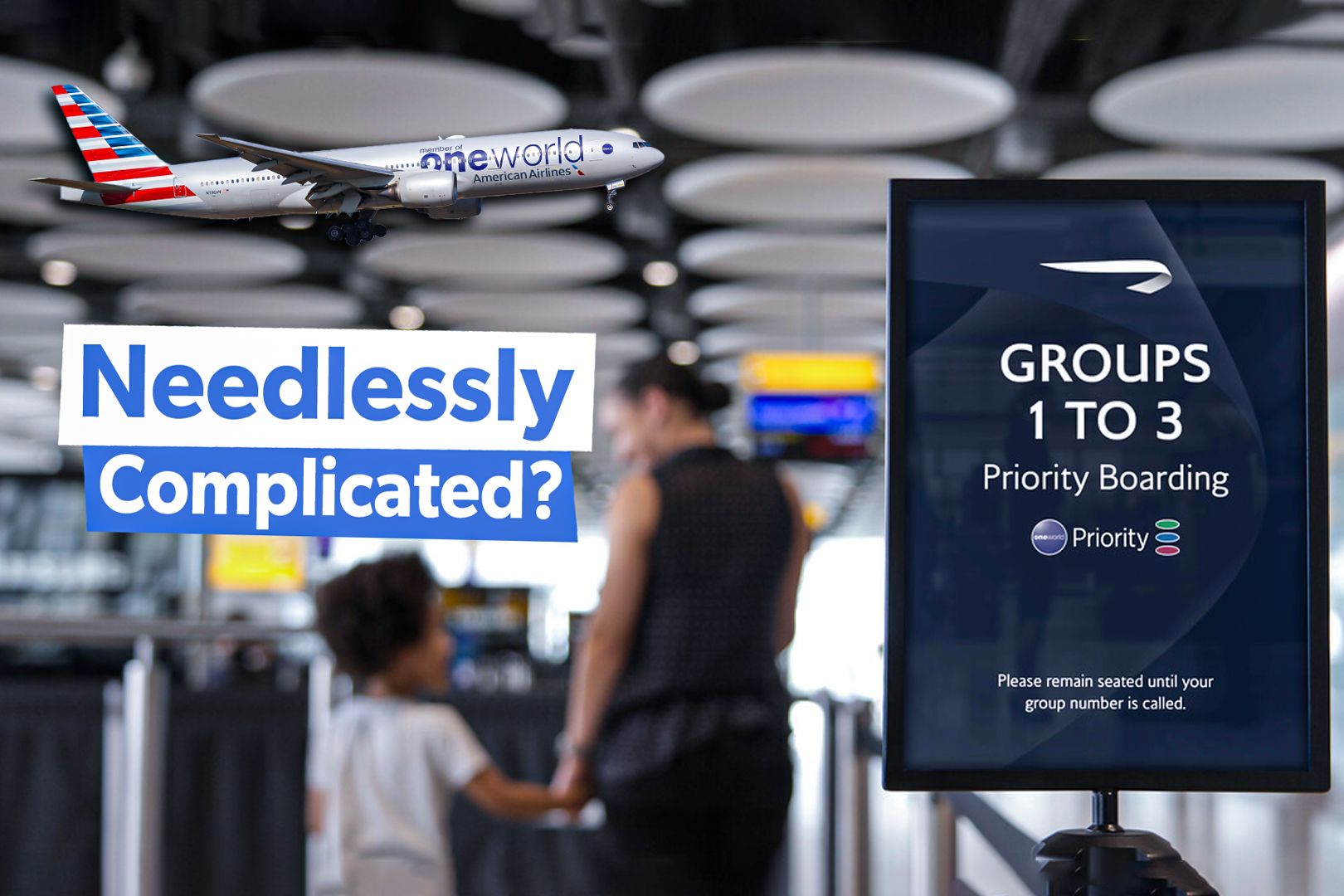
Related
Examined: Why Modern-Day Flights Have So Many Different Boarding Groups
It all trickles down to economy.
Most airlines have already rolled out mobile apps and digital boarding passes, allowing travelers to check in online and store their boarding passes on their phones. Increasing digitalization along with the adaptation of AI and other new software could potentially assist in coming up with better strategies and assist airlines in speeding up current processes.

